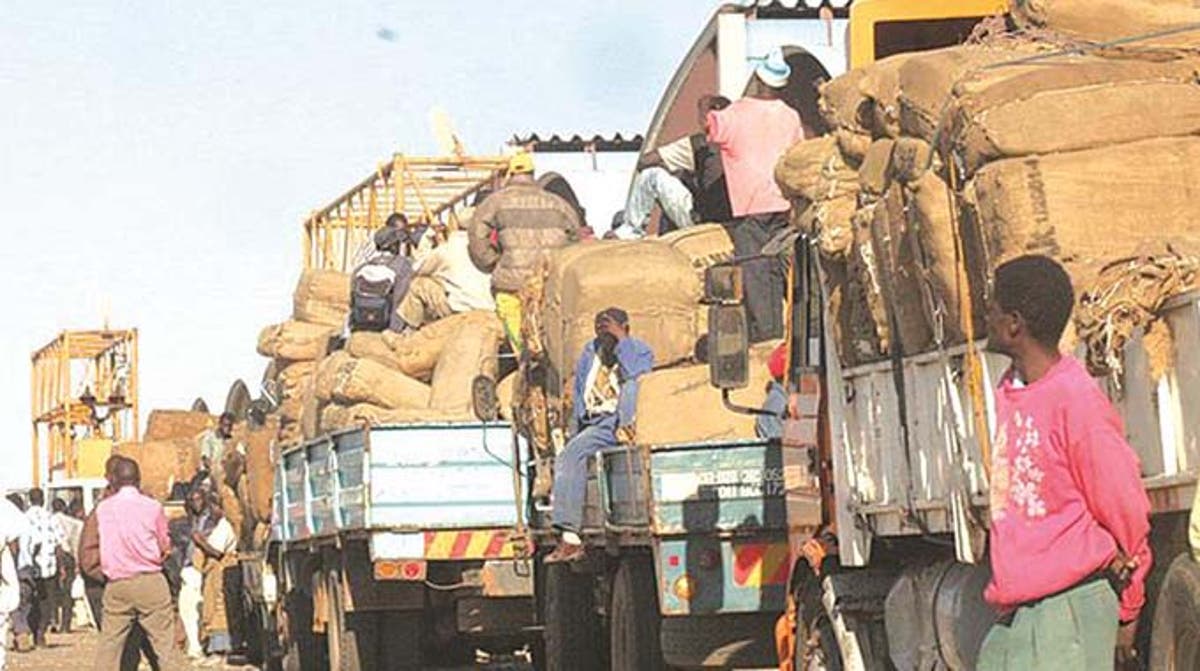Subdued commodity prices stifling forex auction market
Lingering effects of El Niño on agricultural production, particularly tobacco exports, pose a formidable challenge to the economy
Economy Uncensored with Tapiwanashe Mangwiro
The exchange rate between the Zimbabwe dollar and the US dollar has been on a free fall in the first weeks of 2024, and people are asking themselves what is happening and where are we going?
Unfortunately, I also do not have a clear-cut answer, but one might say it is due to the payment of contractors who for a while had been stifled of their payments causing infrastructure projects progress to slow.
However, there is a problem which we are currently facing with the runaway parallel rate and a chasing official rate which we seem not to have a solution to.
Talking to a fellow analyst and researcher the past two weeks, we asked ourselves if we are going to have an efficient foreign currency market in 2024 and here are some of our deliberations.
As the global economic landscape continues to evolve, the challenges facing the forex auction in 2024 are multifaceted and require a nuanced understanding of both domestic and international factors.
Amidst subdued commodity prices and the lingering effects of El Niño on tobacco exports, the supply side of the forex market is poised to encounter significant hurdles, amplifying existing inefficiencies.
In this context, a deeper look revealed the intricate interplay between supply and demand dynamics, exacerbated by the prevalence of dollarisation and the ramifications of expansive monetary policies.
At the heart of the forex market’s inefficiency lies the confluence of supply-side constraints and demand-side pressures. Historically, exports have been the primary source of foreign exchange inflows for many economies, including ours.
However, the lingering effects of El Niño on agricultural production, particularly tobacco exports, pose a formidable challenge.
With subdued commodity prices further dampening export revenues, the supply of foreign exchange is likely to experience a prolonged period of constraint, limiting the resources available for forex auctions.
Compounding this supply-side predicament is the persistence of dollarisation, which has entrenched itself as the dominant currency in circulation, accounting for approximately 80 percent of monetary transactions.
The prevalence of dollarisation not only undermines the effectiveness of monetary policy, but also complicates efforts to stabilise the forex market.
As demand for foreign currency remains heavily skewed towards the dollar, the central bank faces an uphill battle in managing exchange rate dynamics and ensuring the availability of alternative currencies in the market.
While demand for foreign exchange is expected to remain subdued, driven by weakened consumer sentiment and sluggish economic growth, the prospect of increased Government spending introduces a potential counterbalance.
With infrastructure projects necessitating substantial forex outlays, the injection of liquidity into the market through money printing could stimulate demand, albeit at a modest pace.
However, the ramifications of such interventions extend beyond mere demand-side dynamics, as they risk exacerbating existing imbalances and fuelling inflationary pressures.
Moreover, the influx of liquidity into the forex market via Government expenditures threatens to distort the parallel market, where forex transactions occur outside the purview of official channels.
As supply-side constraints persist, exacerbated by subdued export revenues, the parallel market may emerge as a haven for those seeking foreign exchange at preferential rates.
This, in turn, could undermine the efficacy of our forex auction, as participants opt for alternative channels to meet their foreign currency needs, further complicating efforts to stabilise exchange rates and manage capital flows.
In navigating these turbulent economic waters, policymakers must adopt a multifaceted approach that addresses both short-term exigencies and long-term structural challenges.
Immediate measures to bolster supply-side resilience, including diversifying export markets and enhancing productivity in key sectors, are imperative to alleviate the strain on forex reserves and mitigate the risk of prolonged market inefficiencies.
Similarly, efforts to promote financial inclusion and reduce reliance on dollarisation can help broaden the base of foreign currency transactions, enhancing market liquidity and resilience.
Furthermore, a prudent fiscal policy stance that balances the imperatives of growth and stability is essential to mitigate the adverse effects of expansive monetary policies on exchange rate dynamics and inflationary pressures.
By prioritising investments in productive sectors and implementing targeted interventions to support export-oriented industries, policymakers can bolster supply-side resilience and stimulate economic growth without resorting to excessive money printing or fiscal stimulus measures.
In conclusion, the challenges confronting the forex auction in 2024 are emblematic of the complex interplay between domestic constraints and global forces.
As supply-side pressures mount amidst subdued commodity prices and depressed export revenues, policymakers must adopt a proactive approach that addresses both short-term exigencies and long-term structural challenges.
By fostering supply-side resilience, promoting financial inclusion and implementing prudent fiscal policy, the economy can navigate the turbulent economic waters of 2024 and emerge stronger and more resilient in the face of adversity.
Tapiwanashe Mangwiro is a resident economist with the Business Weekly and writes this in his own capacity. @willoe_tee on twitter, mangwirowt@gmail.com on email and Tapiwanashe Willoe Mangwiro on LinkedIn-ebusinessweekly










